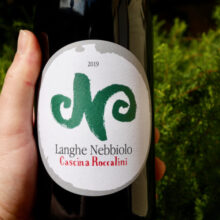
Product information
Cascina Roccalini Langhe Nebbiolo 2019
$56
Description
When a young winery pop’s up a little leg work is required to suss them out. Obviously, the most important thing is what’s in the glass. Let’s add the other bits of the equation though. The vineyards are right next to Olek Bondonio’s joint, they used to supply their Neb to Dante Scaglione at Bruno Giacosa for ten years, and Dante helped them start their own venture. BOOM!
Back to the vino. The starting point of their 3 wine range. Young vine Neb, destined to become Barbaresco when the vineyard is ready. Lovely expression, with wonderful depth and length. Some time in a decanter will bring it out of its shell. Plump with maraschino over licorice and a fine dusting of chalky tannin. Cleansing silvery line of bitterness. Fresh and energetic. Loads of fun and a strong indication of what’s to come with vine age and a little eventually some botte time.
Out of stock
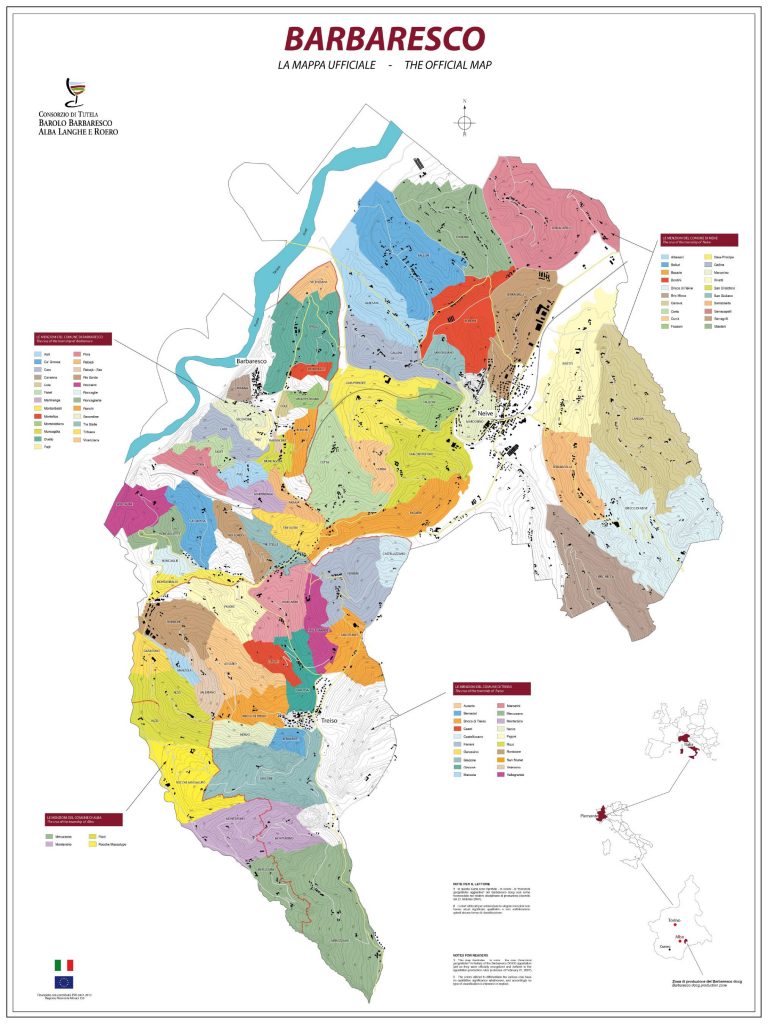
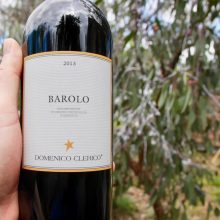
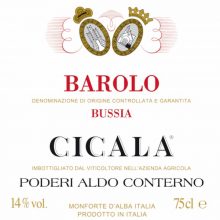
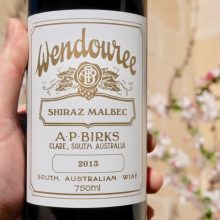
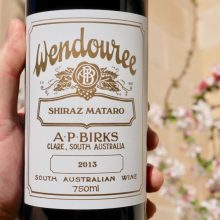
You must be logged in to post a comment.